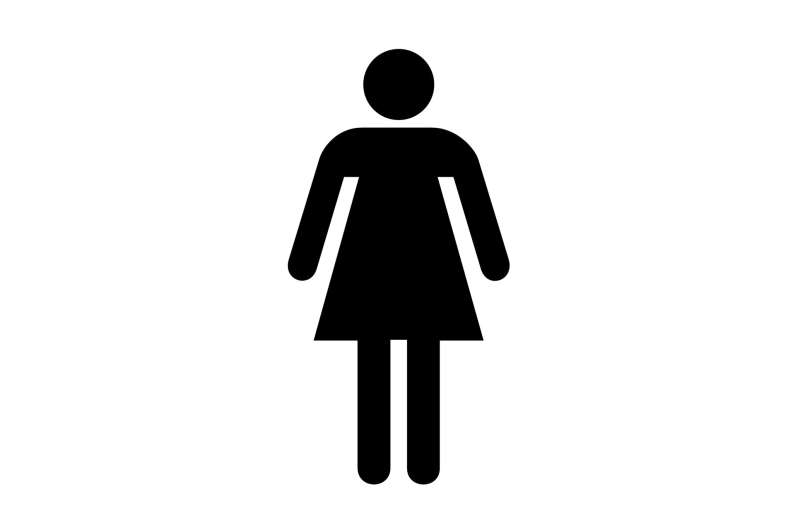Prasterone shows promise in reducing severity of urinary urge incontinence

Because of a decrease in estrogen, menopause is often accompanied by multiple vaginal and urinary issues. To date, most treatment options focus on vulvar and vaginal atrophy, with fewer options available to treat urinary incontinence. A new study, however, suggests prasterone is effective in improving the severity of urinary urge incontinence. Study results are published online today in Menopause, the journal of The North American Menopause Society (NAMS).
The genitourinary syndrome of menopause (GSM) is defined as a collection of signs and symptoms associated with a decrease in estrogen and other sex steroids involving changes to the labia, clitoris, vagina, urethra, and bladder. Although some of the symptoms are related to vulvar and vaginal atrophy, others, such as urgency, dysuria, and recurrent urinary tract infections, pertain to the urinary system.
A number of moisturizers and lubricating agents are currently available to treat less severe cases of vulvar and vaginal atrophy, whereas local and systemic hormone therapies have proven effective in more severe cases. Hyaluronic acid is an example of an effective lubricant often prescribed for this purpose.
When it comes to the treatment of urinary symptoms of GSM, however, there are fewer options on the market. Systemic hormone therapy, for example, has proven to have little to no beneficial effect. However, several studies suggest that the local administration of vaginal estrogen may improve the symptoms of urge incontinence.
Vaginal administration of prasterone (a component of hormone therapy) in the form of pessaries has proven highly effective in the treatment of vulvar and vaginal atrophy, but there are few studies to demonstrate its effectiveness on the urinary symptoms of GSM. A new study aimed to assess the effects of prasterone on symptoms of mild to moderate urinary urgency compared with hyaluronic acid in women with GSM. Urinary urgency occurs when pressure in the bladder builds suddenly, making it difficult to hold urine.
Although small, this 12-week study supports the hypothesis that prasterone may effectively improve the severity of urinary urge incontinence in women with GSM. Larger studies are needed to make a final conclusion on its effectiveness, especially when compared with hyaluronic acid.
Study results are published in the article "Prasterone in the treatment of mild to moderate urge incontinence: an observational study."
"This small observational study showed that vaginal prasterone, which is FDA-approved for the treatment of dyspareunia related to GSM, also helped with urinary urge incontinence. This finding is consistent with studies showing a similar effect of vaginal estrogen therapies on urinary incontinence. Thus prasterone, like vaginal estrogen, may help with multiple symptoms of GSM, a common and undertreated condition in midlife women," says Dr. Chrisandra Shufelt, NAMS president.
More information: Claudia Collà Ruvolo et al, Prasterone in the treatment of mild to moderate urge incontinence: an observational study, Menopause (2022). DOI: 10.1097/GME.0000000000002007















